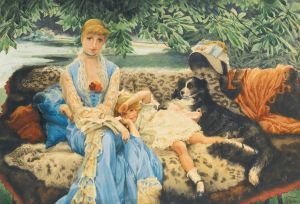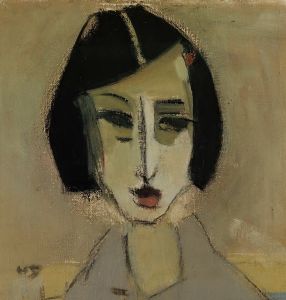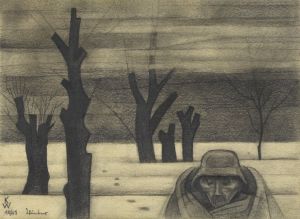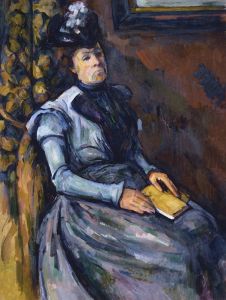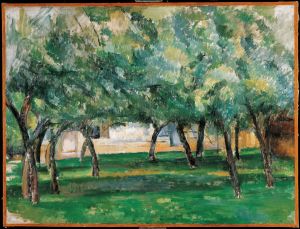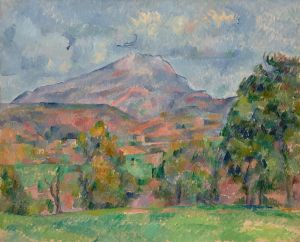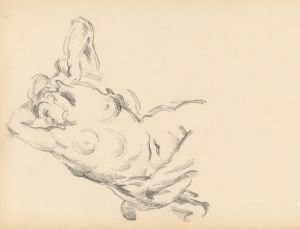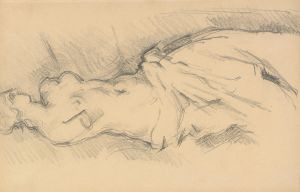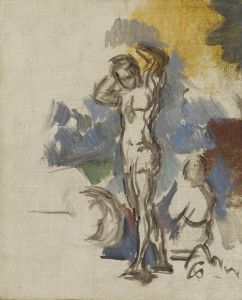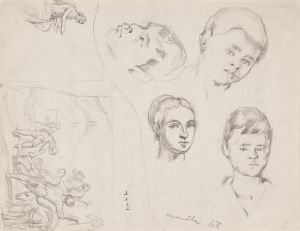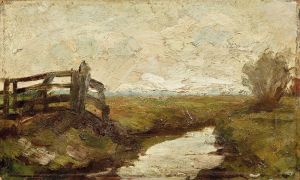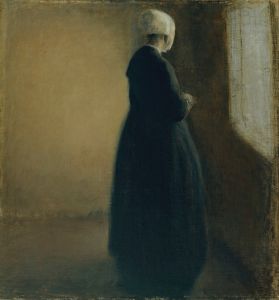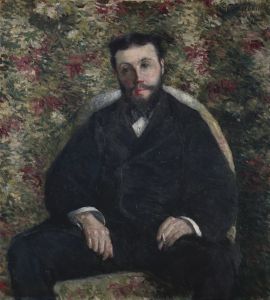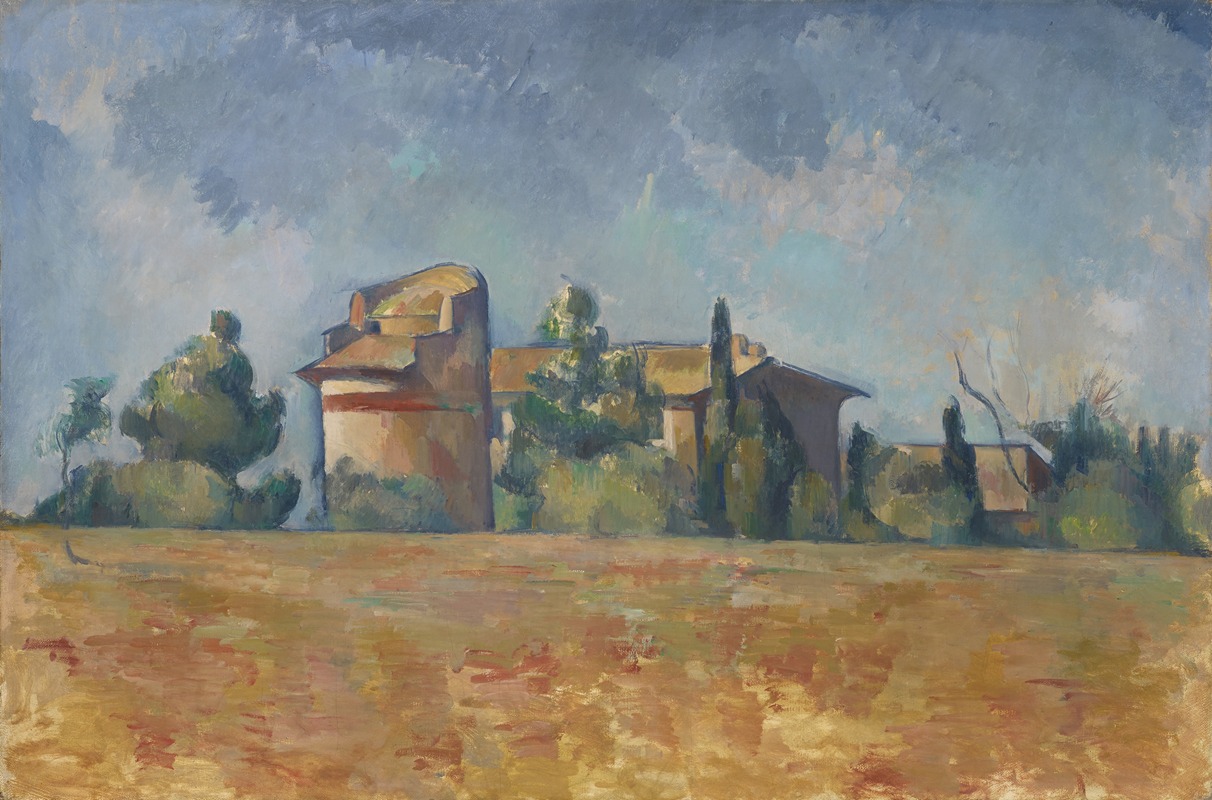
The Dovecote at Bellevue
A hand-painted replica of Paul Cézanne’s masterpiece The Dovecote at Bellevue, meticulously crafted by professional artists to capture the true essence of the original. Each piece is created with museum-quality canvas and rare mineral pigments, carefully painted by experienced artists with delicate brushstrokes and rich, layered colors to perfectly recreate the texture of the original artwork. Unlike machine-printed reproductions, this hand-painted version brings the painting to life, infused with the artist’s emotions and skill in every stroke. Whether for personal collection or home decoration, it instantly elevates the artistic atmosphere of any space.
Paul Cézanne's "The Dovecote at Bellevue" is an exemplary work that reflects the artist's transition from Impressionism to Post-Impressionism, a movement he is often credited with pioneering. Painted around 1889-1890, this artwork is part of Cézanne's exploration of the landscapes of Provence, a region in the south of France that profoundly influenced his artistic development.
Cézanne was born in Aix-en-Provence, and the region's rugged terrain, vibrant colors, and unique light became a central theme in his work. "The Dovecote at Bellevue" captures a scene from the Bellevue estate, which was located near his family’s property in the area. The painting depicts a dovecote, a structure intended to house pigeons or doves, set against the backdrop of the lush, rolling landscape typical of the region.
In this painting, Cézanne employs his characteristic brushwork and use of color to convey the essence of the scene rather than its precise details. His technique involves the use of small, repetitive brushstrokes that build up to form complex fields of color and light. This method allows Cézanne to explore the underlying structure of the landscape, emphasizing form and volume over the fleeting effects of light that were the focus of the Impressionists.
"The Dovecote at Bellevue" is notable for its composition, which reflects Cézanne's interest in geometric forms and his desire to depict nature in a way that captures its permanence and solidity. The dovecote itself is rendered with a sense of stability and structure, contrasting with the more fluid and dynamic treatment of the surrounding foliage and sky. This balance between order and chaos, structure and spontaneity, is a hallmark of Cézanne's mature style.
Cézanne's work on this painting, as with many of his landscapes, was a meticulous process. He often worked slowly, revisiting the same scenes multiple times to capture the changing conditions and his evolving perception of the landscape. This dedication to his craft is evident in the careful construction of "The Dovecote at Bellevue," where each element of the composition is thoughtfully considered and executed.
The painting is also significant for its influence on future generations of artists. Cézanne's approach to form and color laid the groundwork for the development of modern art, particularly Cubism. Artists such as Pablo Picasso and Georges Braque drew inspiration from Cézanne's ability to break down natural forms into geometric shapes, leading to new ways of seeing and representing the world.
Today, "The Dovecote at Bellevue" is held in high regard as a testament to Cézanne's innovative spirit and his profound impact on the course of art history. It serves as a bridge between the Impressionist movement and the more abstract, conceptual approaches that would dominate the 20th century. Through this painting, viewers can appreciate Cézanne's unique vision and his enduring legacy as a master of modern art.





